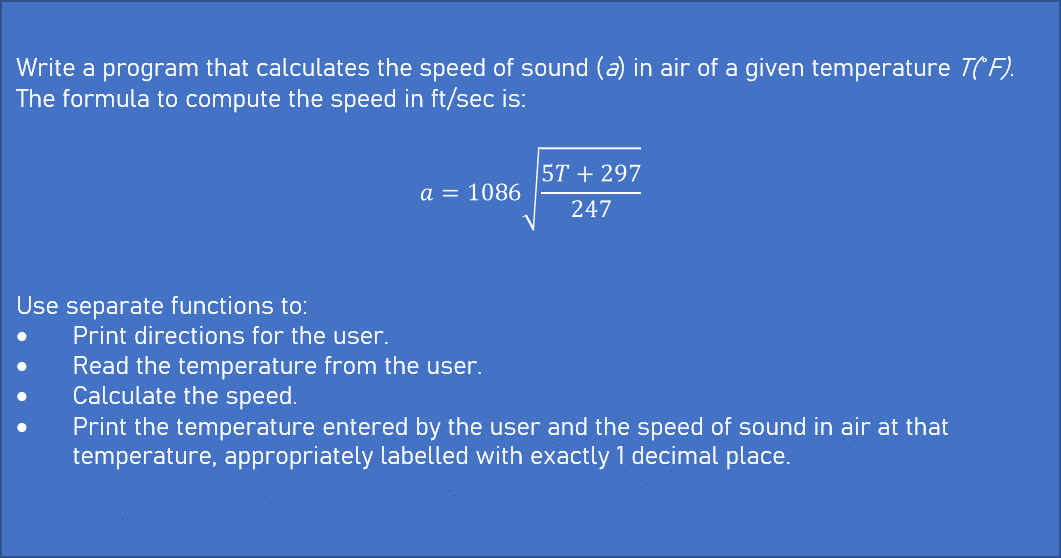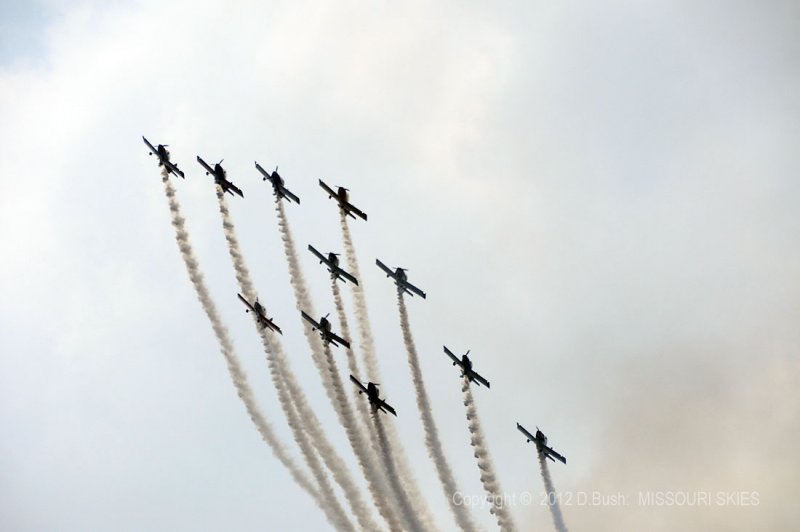


When you compress air, it begins to heat up and rise in pressure. As an object moves through, the air is brought to rest against it.

It’s so difficult because of something called compressibility. At colder temperatures, the speed of sound is less, making it easier to exceed it. Meaning it takes more energy and speed to fly faster. At higher temperatures, the speed of sound is much quicker. The speed of sound varies dependent on the local temperature. Mach 1 refers to the local speed of sound. To break the sound barrier means an aircraft or any object must exceed a term known as Mach 1. What Does Breaking the Sound Barrier Mean? That’s some dedication, especially considering how perilous and unchartered the mission was! Yeager was actually hiding the fact that he had broken two ribs on his successful attempt, as he knew he would be forbidden from completing the mission. The sonic boom heard on the ground, a pressure wave created by this amazing feat, heralded a new era in aviation. ‘ Glamorous Glennis‘ (the name Chuck christened the Bell X-1) was shaped like a bullet, with thin stubby wings and four rocket engines exceeded 662 miles per hour, shooting Yeager and the aircraft into the history books. A World War II fighter ace, on October 14 th, 1947, Yeager ‘lit the candle’ and propelled himself faster than any person had ever traveled before. Yes, in fact, it was one man in particular.Ĭhuck Yeager was the first person ever to fly faster than the speed of sound. Today we will look at what it means to break the sound barrier, what it takes to do it, and even give you a little history behind this impressive feat!īreaking the Sound Barrier: The History of Man Conquering Physics Breaking the sound barrier was once thought impossible, now it happens pretty regularly! Some interesting things happen when airplanes fly subsonic. What do you understand by the term ‘fast’? Well, prepare to be amazed. Breaking the Sound Barrier: Understanding Sound and Flight


 0 kommentar(er)
0 kommentar(er)
